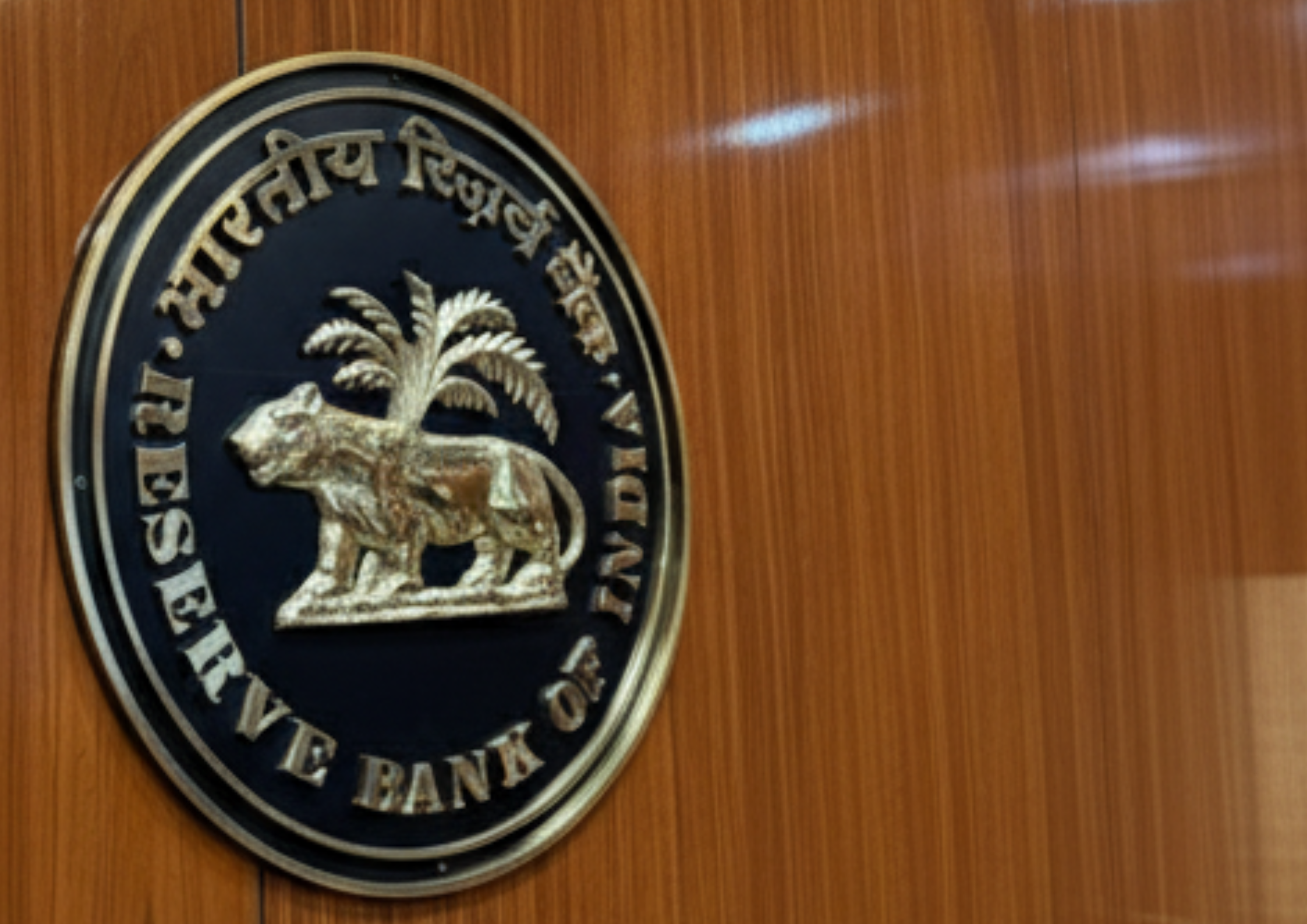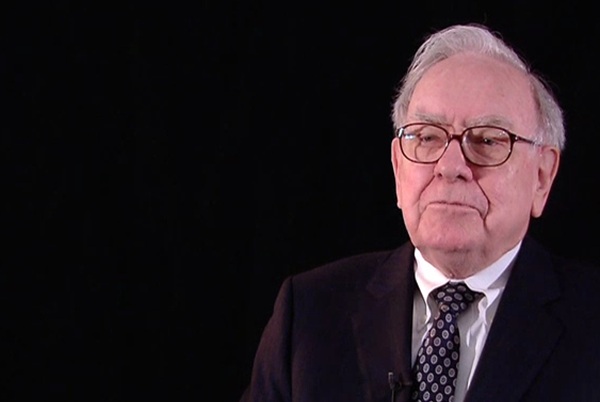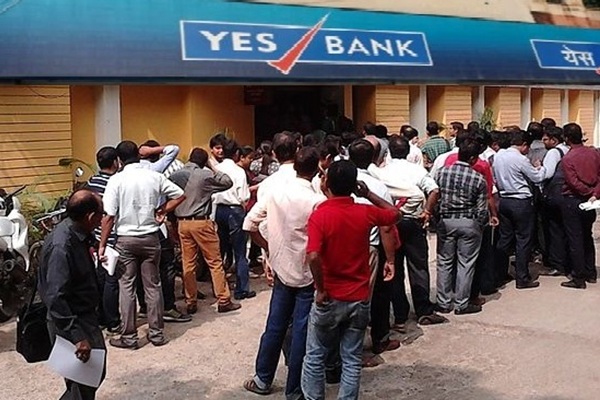.png)
When Inflation Disappears, Policy Loses its Compass
With inflation collapsing to a record low and tracking below 2% for 2025–26, India’s policy dilemma has flipped. The challenge now is not restraining prices but recalibrating a framework built for an inflationary past.

Madhavi Arora is Chief Economist at Emkay Global Financial Services, where she focuses on macroeconomic research and asset allocation strategies.
November 13, 2025 at 3:49 AM IST
India’s October CPI inflation print of 0.25% marked more than just a statistical low. It reflected the convergence of favourable base effects, easing food prices, and the impact of GST rate cuts that have begun to filter through the economy. The disinflationary impulse is now strong enough that inflation for 2025–26 is tracking below 2%, a development that challenges the policy framework built for an inflation-prone economy.
The October number was broadly in line with expectations, yet the underlying mix tells a more complex story. The GST cuts have not been fully passed on to retail prices, suggesting that some of the adjustment occurred in September while further spillover may continue into November. Core inflation rose 0.5% month on month and remained range-bound year on year at 4.41%, even though it should have been the main beneficiary of the tax reductions. A sharp 12% surge in gold prices offset part of the GST impact, distorting the true picture of underlying price trends. Excluding gold, core inflation dropped to 3.3% from 3.9% in September, indicating softer demand conditions beneath the surface.
Food inflation has continued to ease, supported by seasonal factors and a favourable base, falling around 5% year on year in October. Nearly every major food category saw month-on-month declines. High-frequency mandi data and other trackers point to a modest uptick in November CPI towards 0.9%, though the remaining pass-through of GST cuts could again tilt it lower.
If these patterns hold, inflation for 2025–26 could average well below 2%, implying a potential undershoot of more than 50 basis points relative to the Reserve Bank of India’s projection of 2.6%. This widening gap between realised inflation and the central bank’s forecasts underscores a persistent disconnection between the model and the evolving macro reality. With inflation repeatedly undershooting, real rates have turned restrictive, tightening financial conditions without any explicit policy action.
Such a backdrop raises questions about the continued emphasis on one-year-ahead inflation forecasts that remain anchored above 4%. In a rapidly changing environment where structural and policy factors are suppressing price pressures, the approach risks becoming procyclical. A framework designed to contain inflation now risks amplifying disinflation.
The argument for a rate cut in December strengthens as the disinflation trend deepens. An economy operating below the 4% target and facing elevated real rates can scarcely justify extended restraint.
The larger challenge, however, is conceptual.
India’s inflation-targeting framework was designed for a world of demand-driven inflation, yet it must now adapt to a regime where price softness is persistent. Sustained undershoots should not be dismissed as transitory or technical; they are evidence of a structural shift in the inflation process.
Price stability, once hard-won, is no longer the dominant policy problem. The task now is to prevent it from turning into a drag on growth through delayed recalibration. As inflation fades, it exposes the limits of a policy regime still oriented to the past. The question is whether monetary policy can evolve as swiftly as the prices it once sought to contain



